I am trying to make an electronic component that will do the following:
Vc is the control voltage, it can change the current thru the device.
I need Vx independent of the the current, that means current is fixed whatever the Vx is.
How should I do it?
I was thinking about a MOSFET but, the change in drain and source voltage could change the current.
